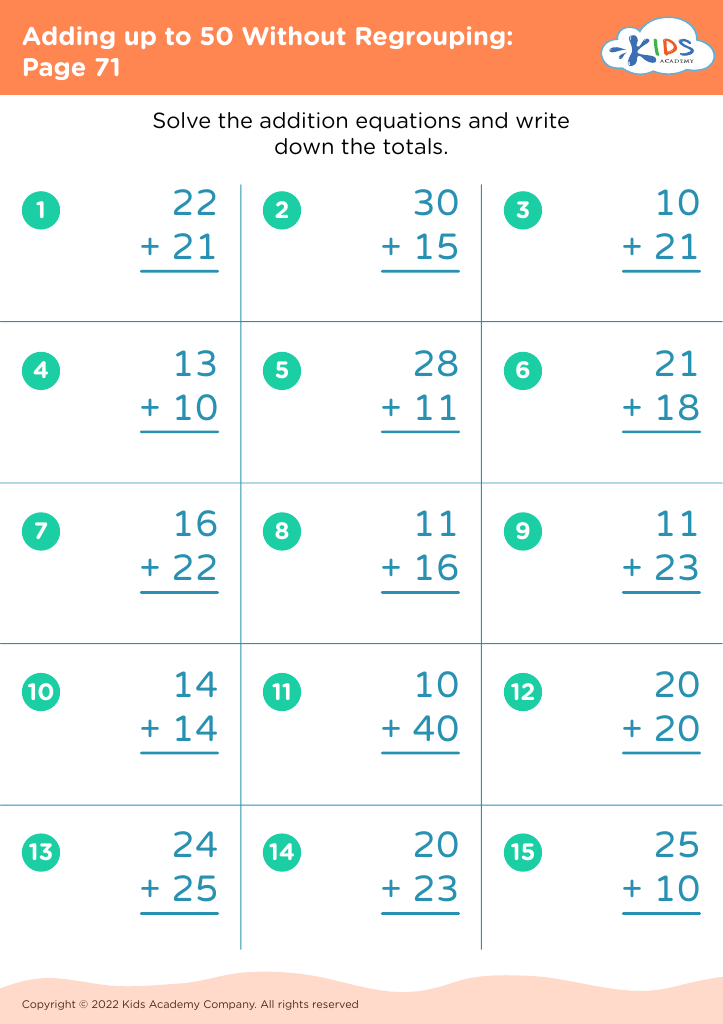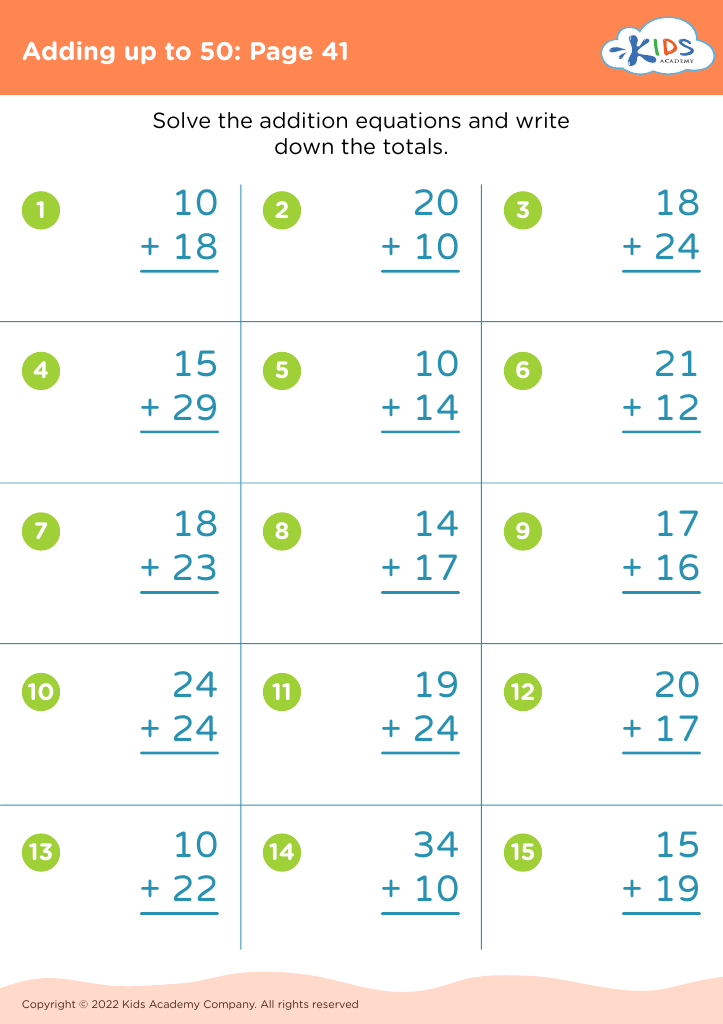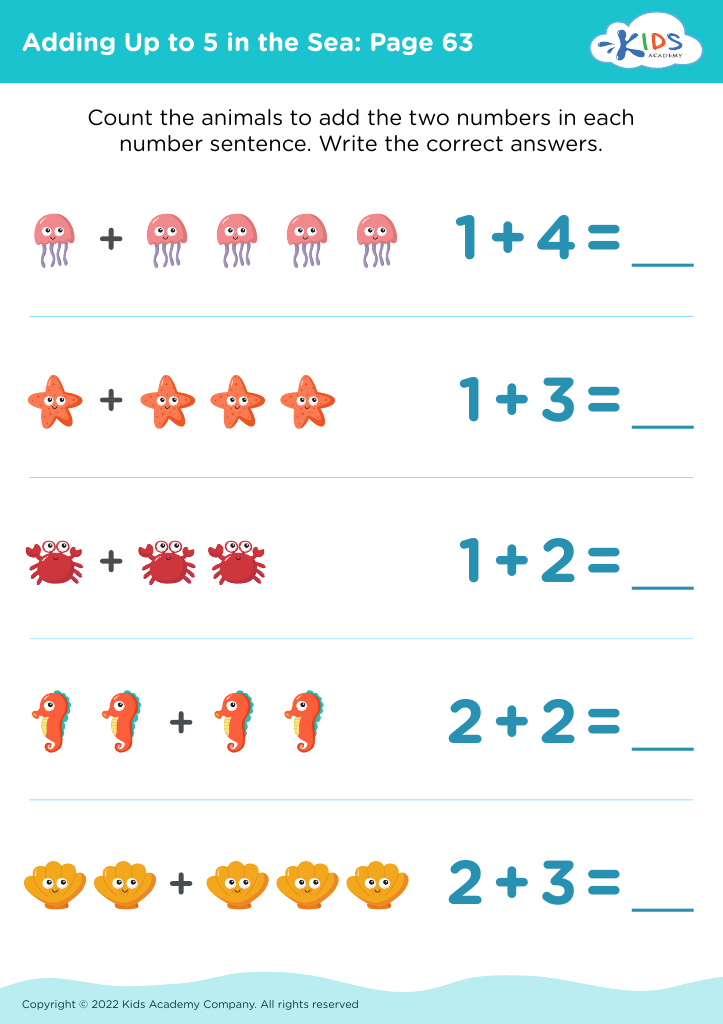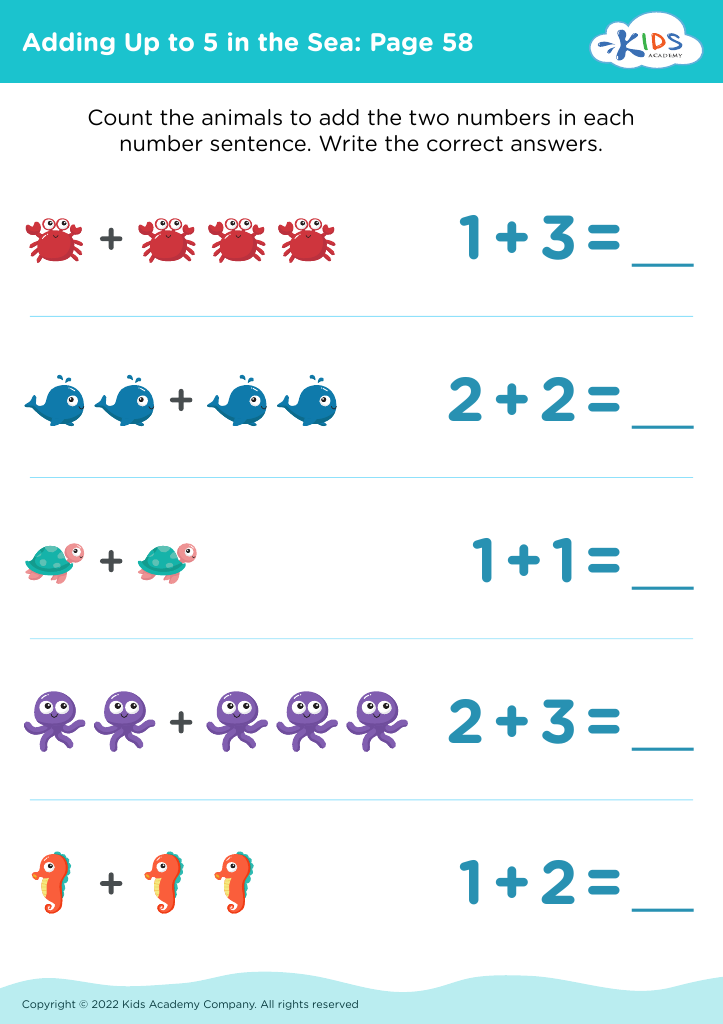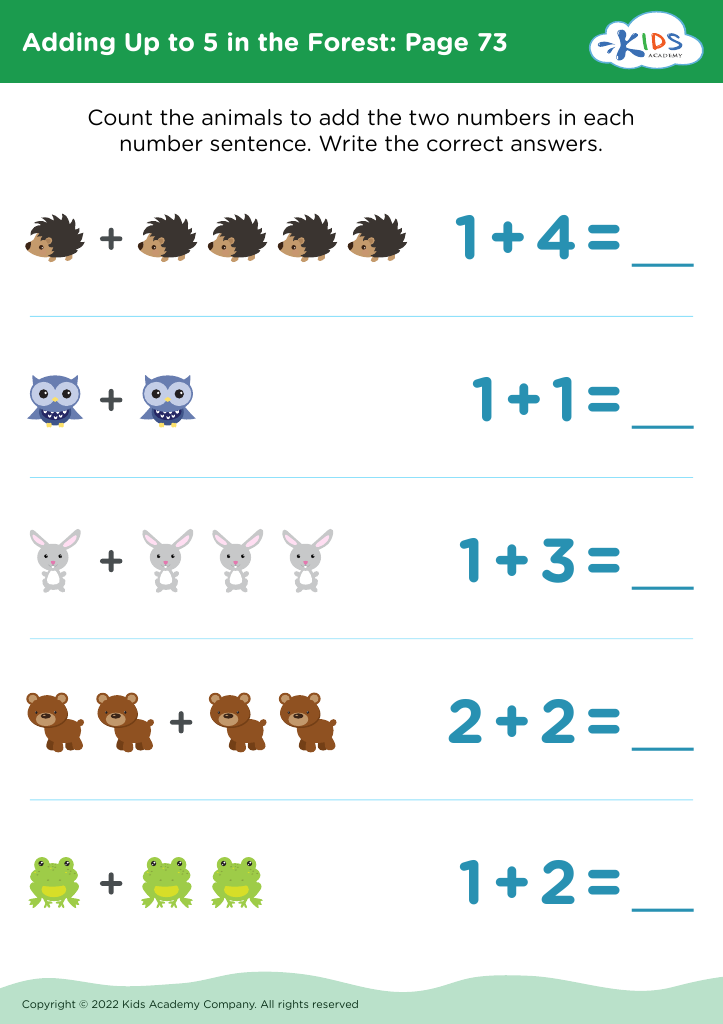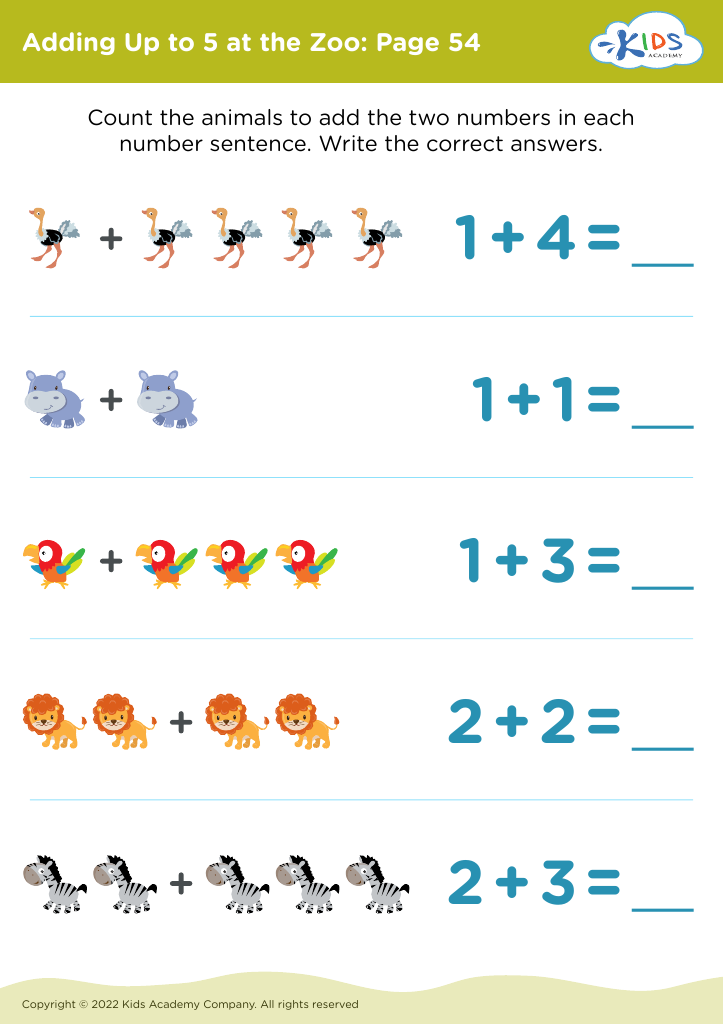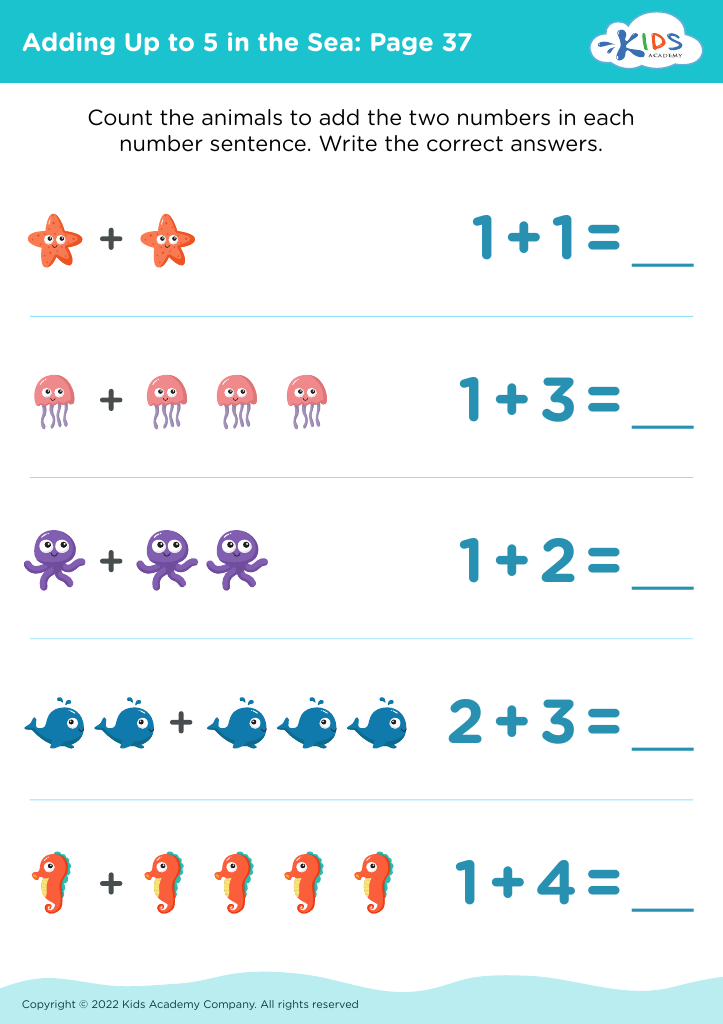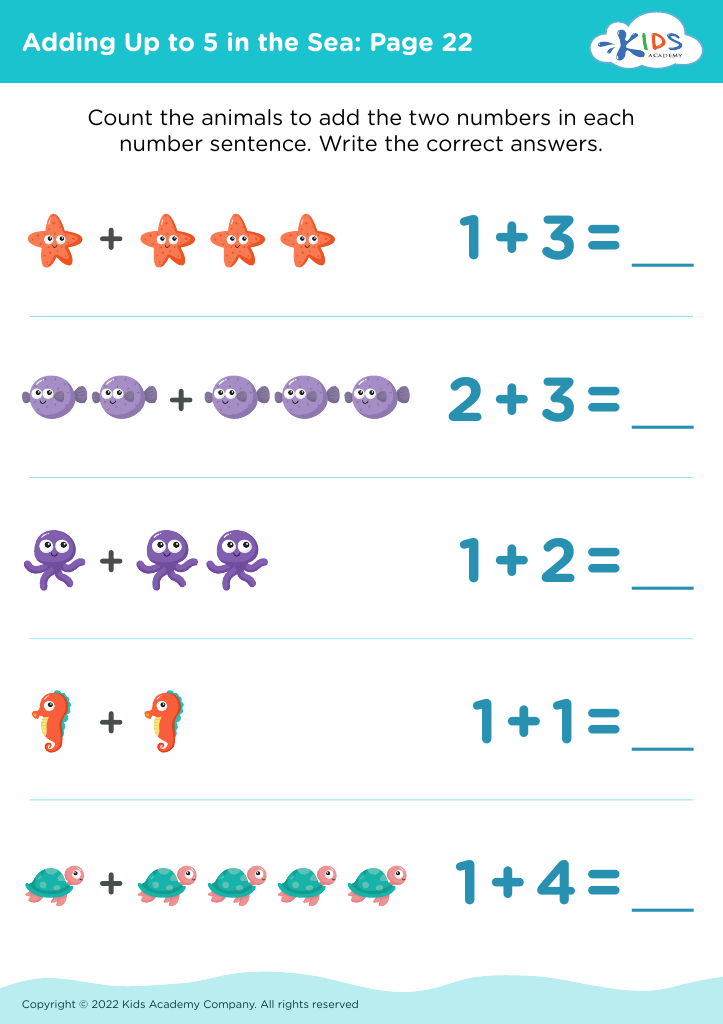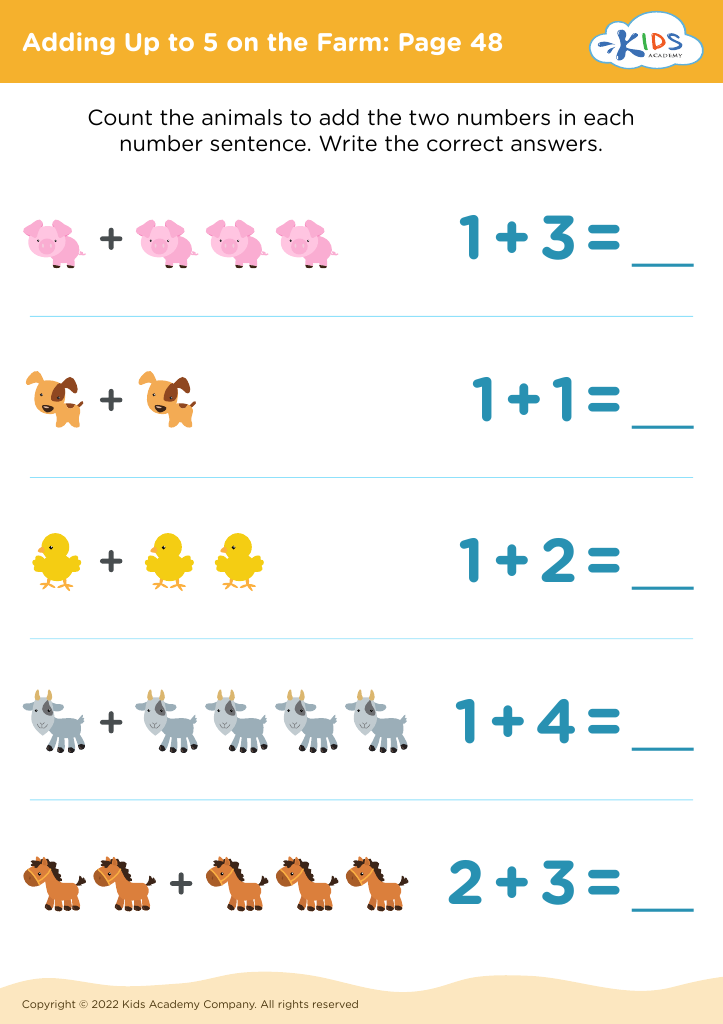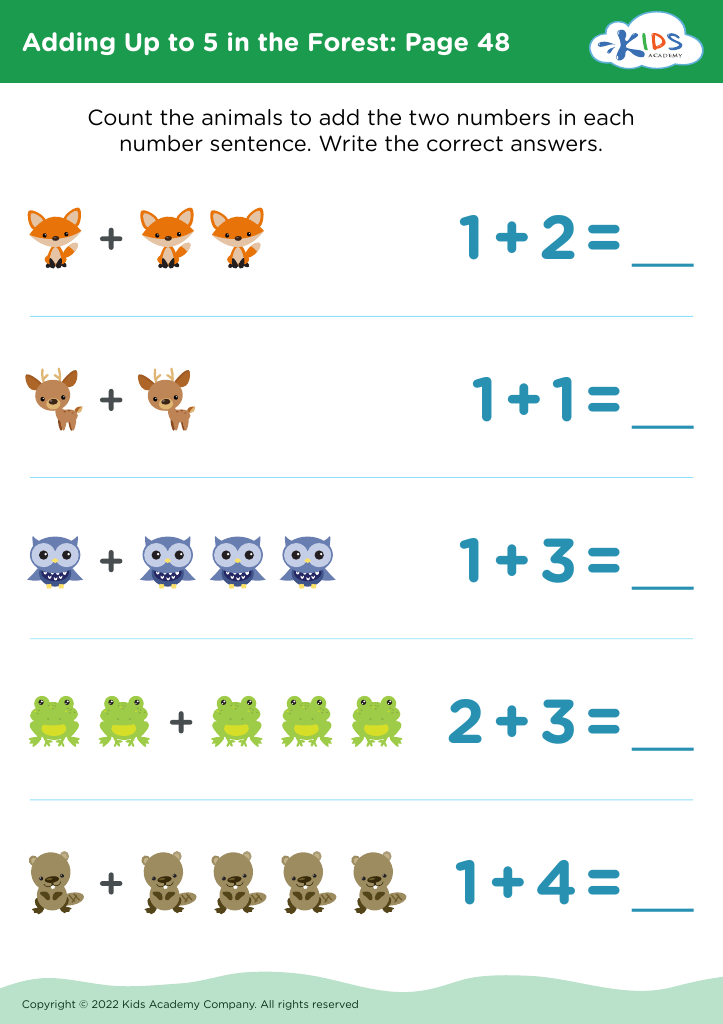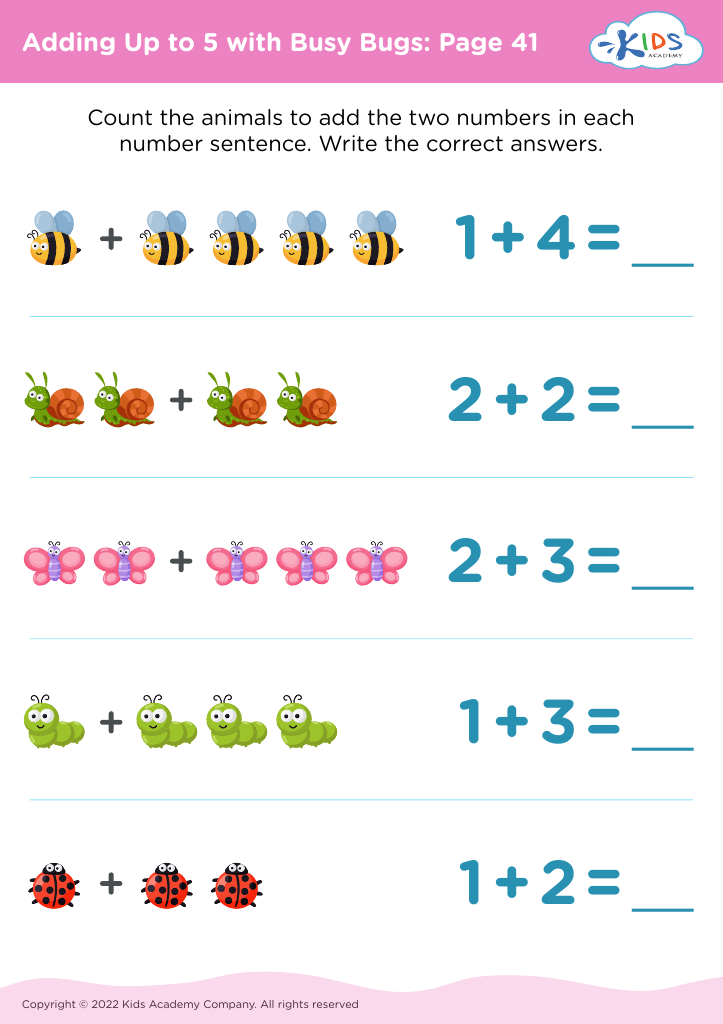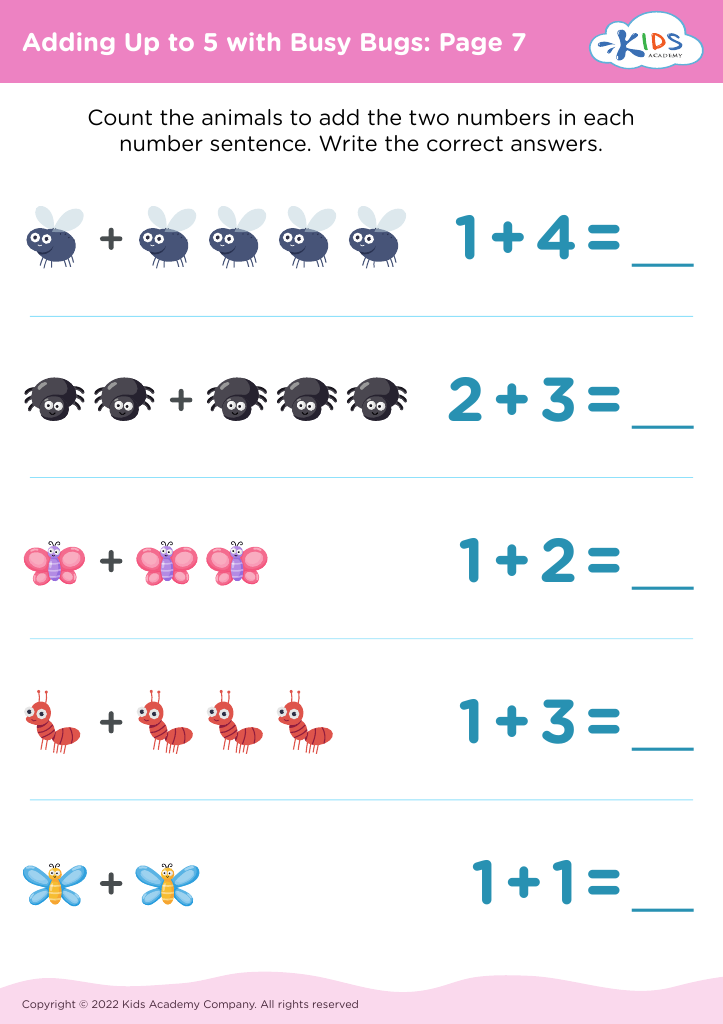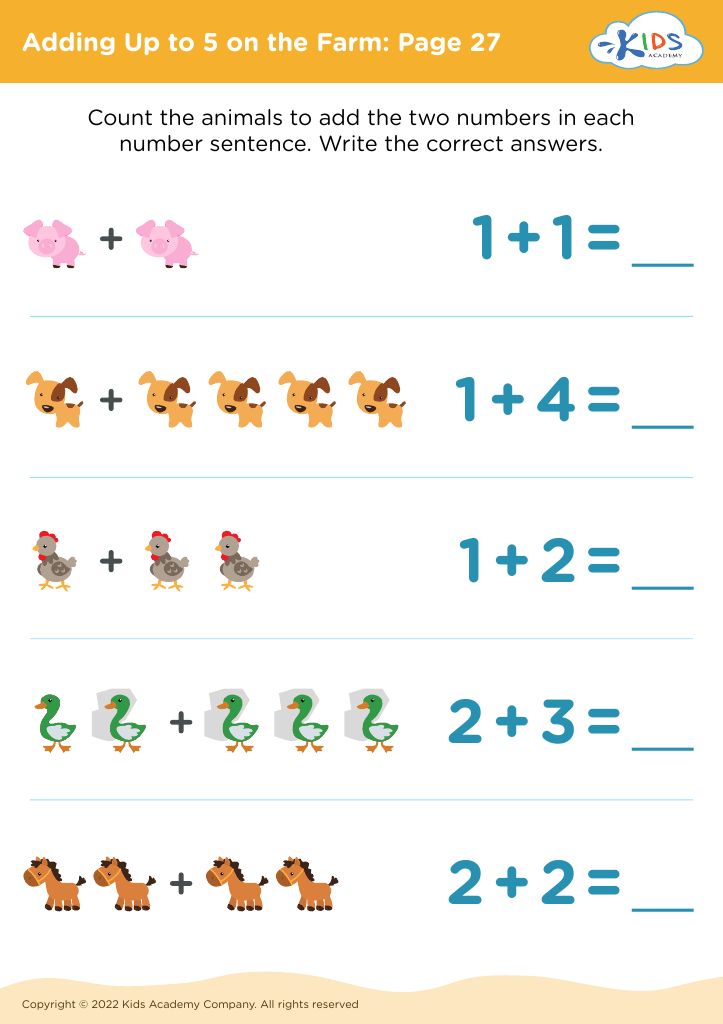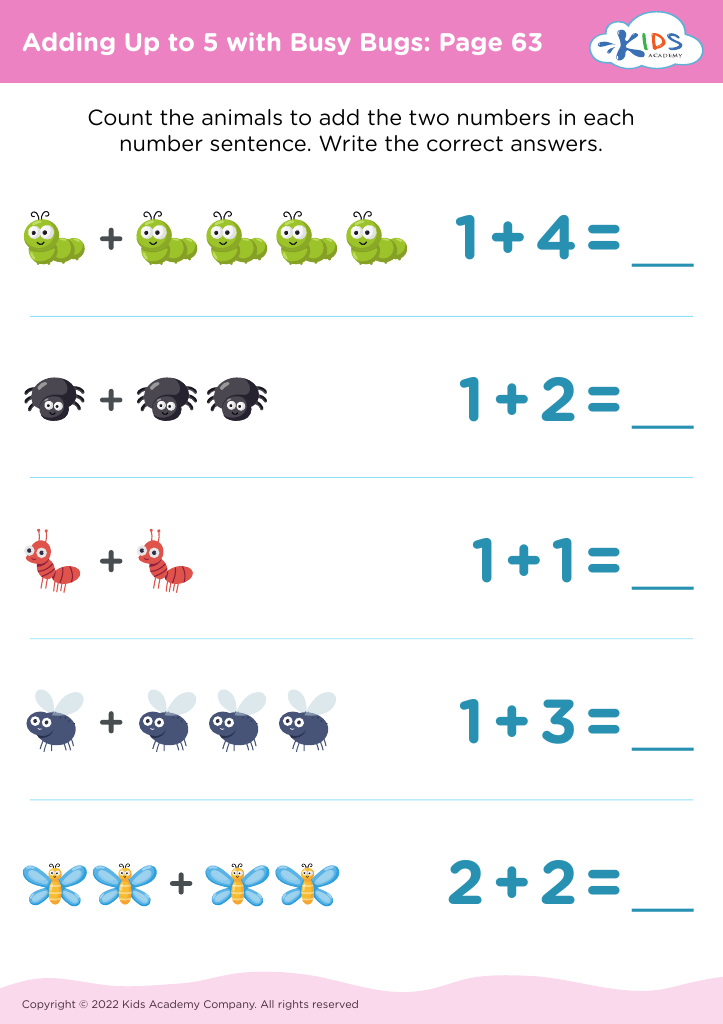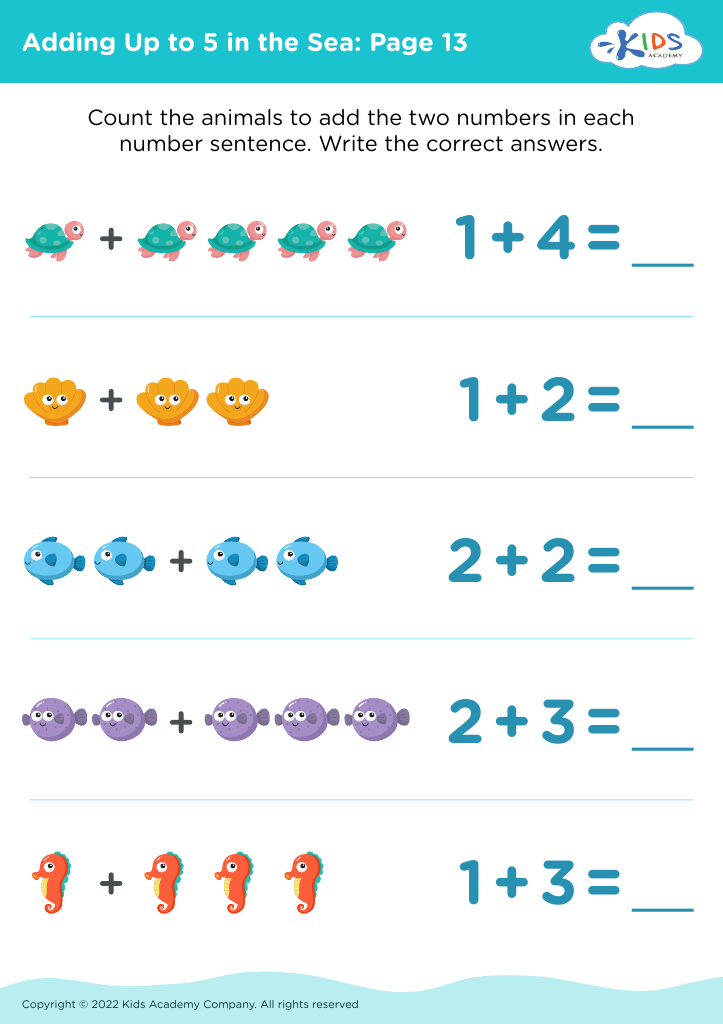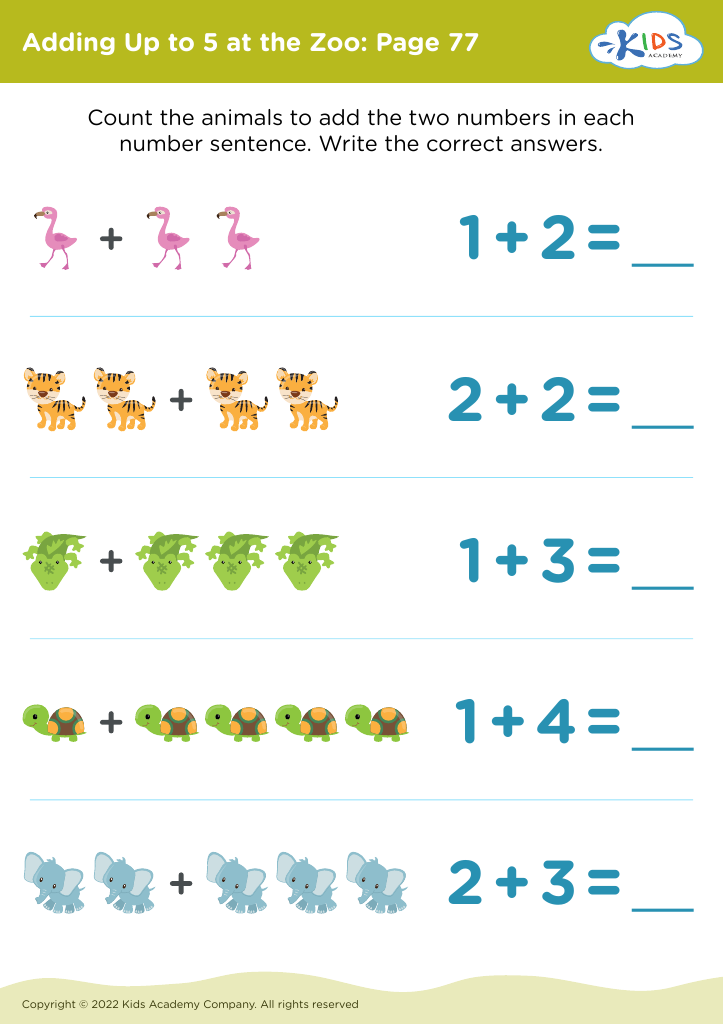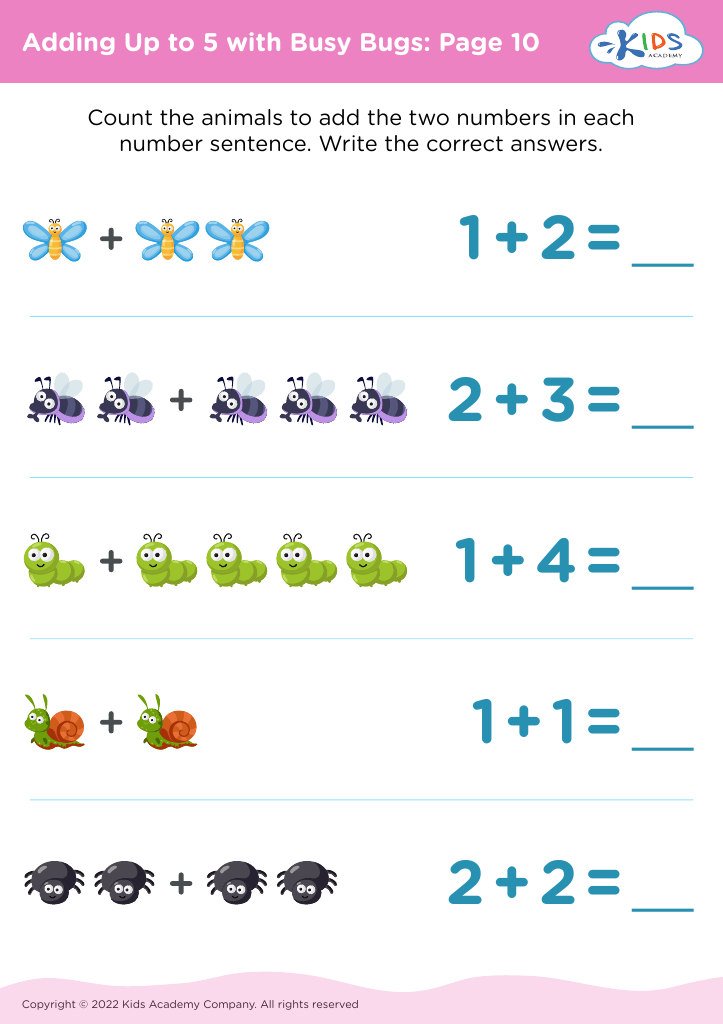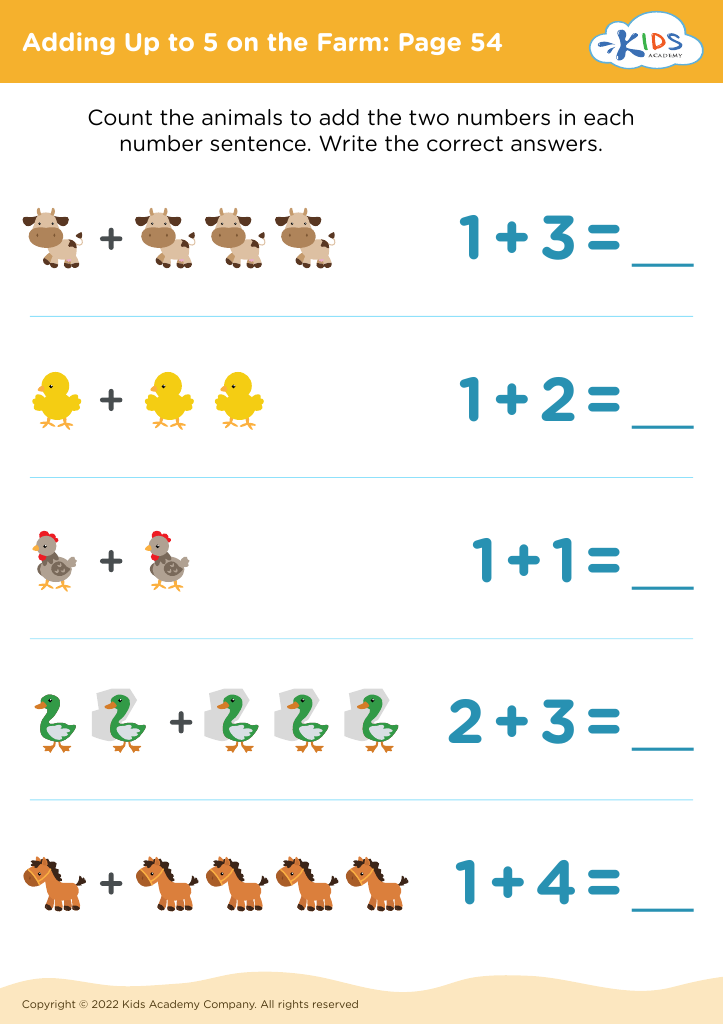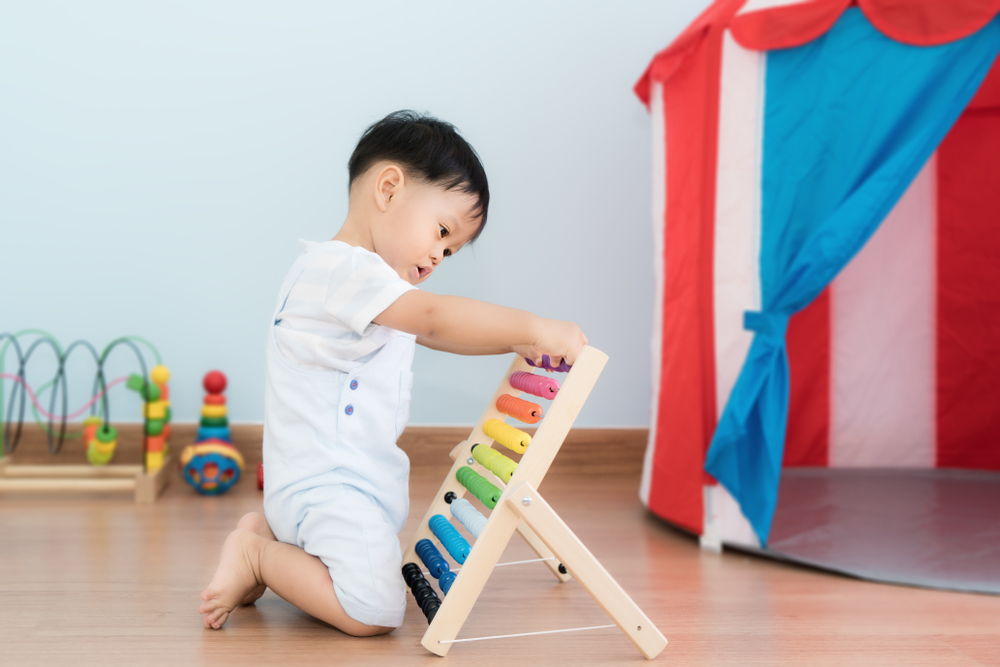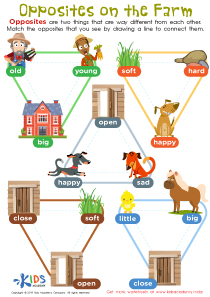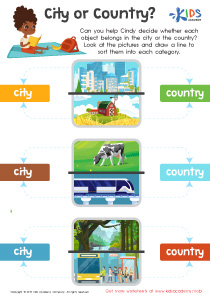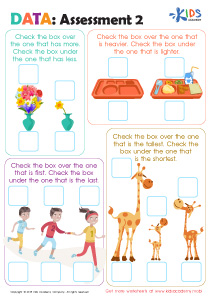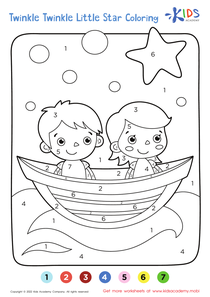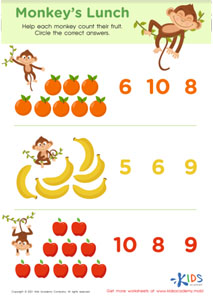Counting practice Math Worksheets for Ages 3-7
358 filtered results
-
From - To
Develop your child's math skills with our fun and engaging Counting Practice Math Worksheets for ages 3-7. These printable activities are designed to make learning to count enjoyable and easy. Featuring colorful graphics and a variety of exercises, our worksheets help children practice counting objects, number recognition, and basic addition and subtraction. Ideal for preschool, kindergarten, and early elementary students, these resources ensure a strong math foundation. Encourage your little learners to explore numbers and develop their counting skills with our expertly crafted worksheets, perfect for both classroom and at-home activities.
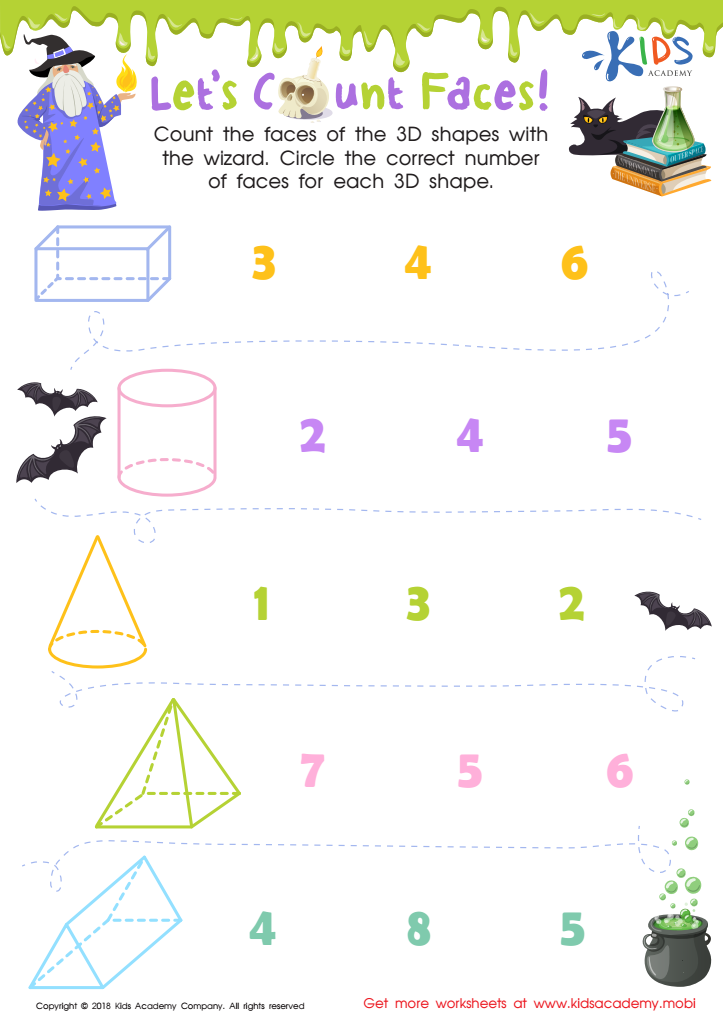

Let's Count Faces! Worksheet
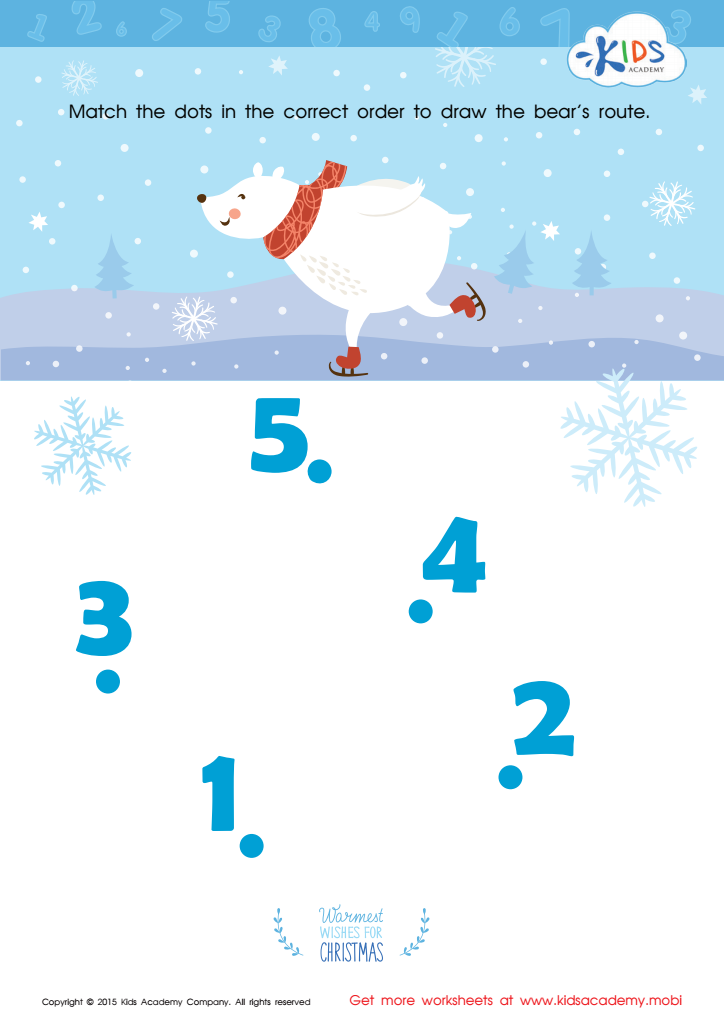

Drawing the Bear's Route by Number Worksheet
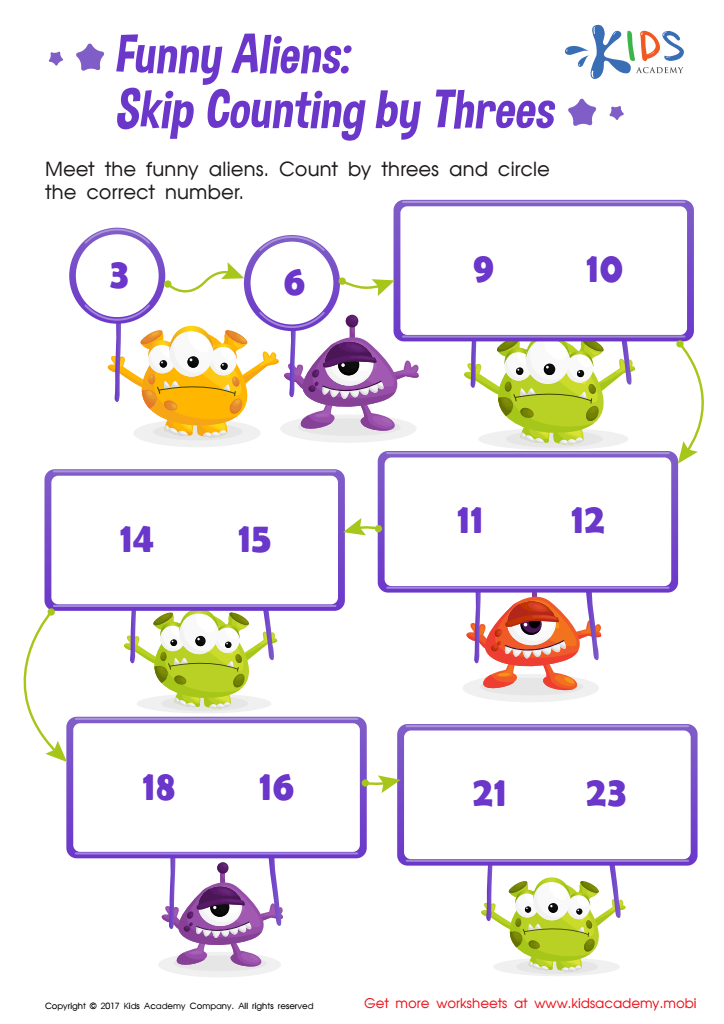

Skip Counting by 3s: Funny Aliens Printable
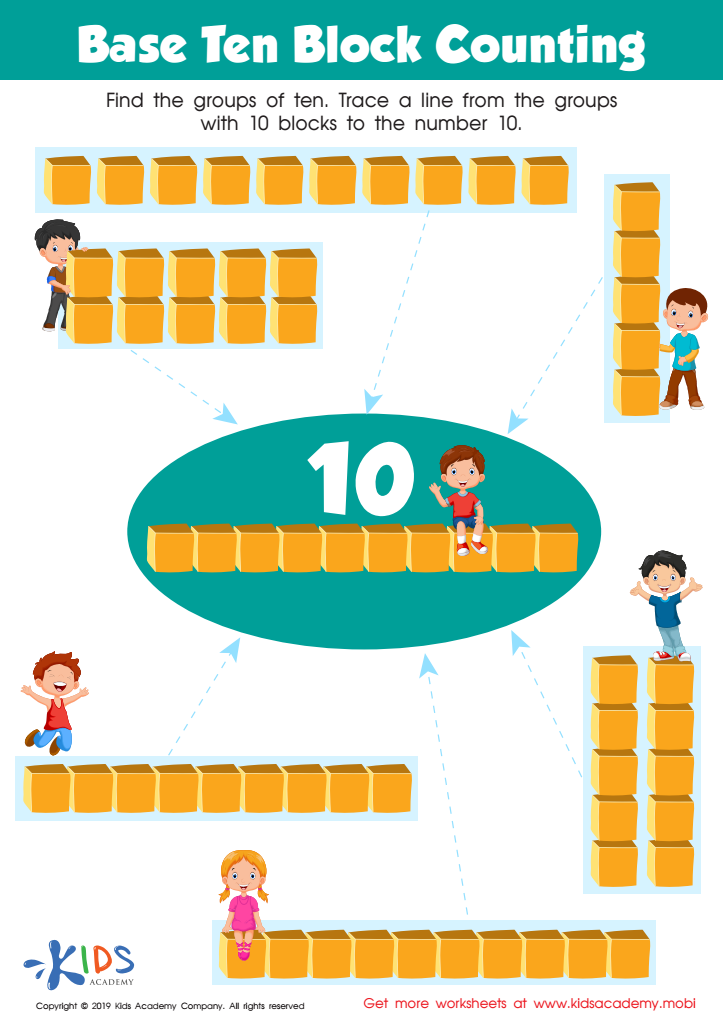

Base Ten Block Counting Worksheet
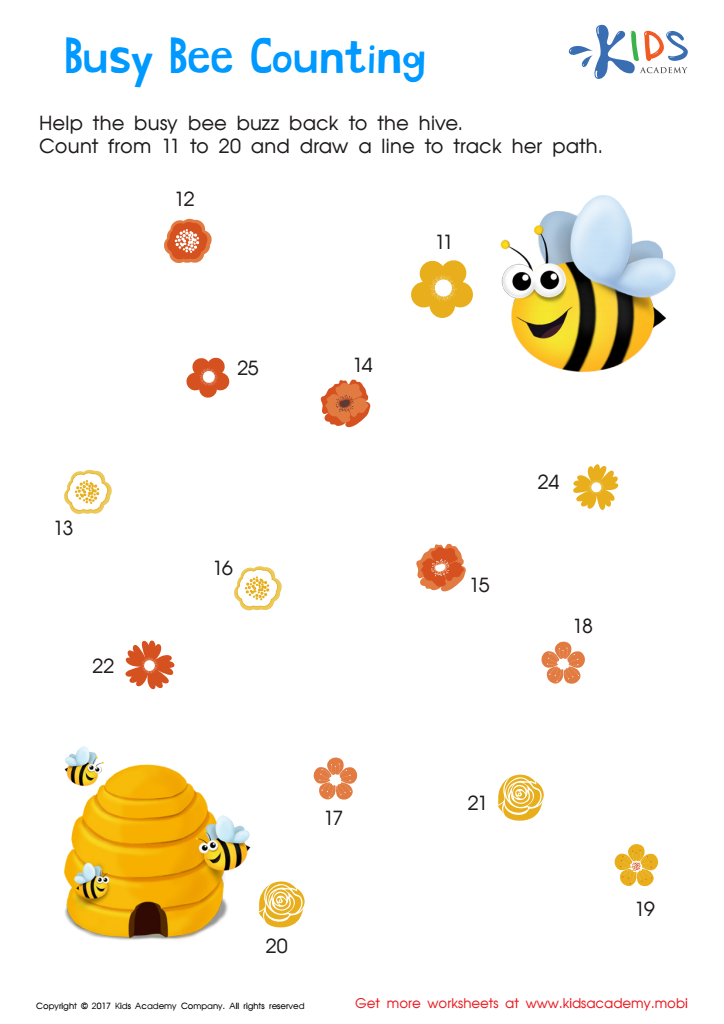

Ordering 11–20: Busy Bee Counting Worksheet
Counting practice for children aged 3-7 is crucial for several reasons, forming the foundation for more complex mathematical concepts and everyday skills. During these formative years, young minds are like sponges, absorbing basic counting skills that pave the way for understanding addition, subtraction, and other arithmetic operations. This early math practice enhances cognitive development by improving memory, attention, and problem-solving skills.
Counting helps children grasp numerical order and the concept of quantity, which are vital for almost every activity in daily life – from sharing toys equally to understanding time and managing money. Furthermore, mastering these skills at a young age bolsters self-confidence and fosters a positive attitude towards math, reducing math anxiety in later years.
For teachers and parents, engaging in counting activities – such as counting objects, playing counting games, or reading counting books – is a way to monitor and reinforce learning progression. It also strengthens parent-child and teacher-student bonds as they work through counting challenges together. Simple tasks like counting steps, snacks, or toys can turn everyday moments into math-enhanced learning experiences, making math relevant and enjoyable.
Ultimately, counting is a critical foundational skill that supports the broader educational journey, making early and consistent practice not just important, but essential.
 Assign to My Students
Assign to My Students
